
Lurking in the unseen corners of nature, bizarre creatures defy logic and expectation. Some glow in abyssal darkness; others haunt forests with eerie cries. Their existence is a chilling reminder of how little we truly understand about the wild. What horrors await discovery? Let’s step into the shadows.
Goblin Shark

A monstrous relic from the Cretaceous era, the goblin shark’s extendable jaw lunges forward like a spring-loaded trap. Its translucent skin reveals bluish veins, adding to its ghostly presence. Seldom seen, this living fossil roams the ocean’s depths, where its lightning-fast ambush leaves prey no chance of escape—a true abyssal horror.
Aye-Aye

Under the cover of night, the aye-aye moves through Madagascar’s trees, its eerie, elongated finger tapping against the bark. Legends say its touch is a curse, but in reality, it’s a survival tool. This remarkable primate can extract insects from deep within the wood—a skill that almost wasn’t passed on, as superstition pushed it to the brink of extinction.
Gooty Sapphire Tarantula
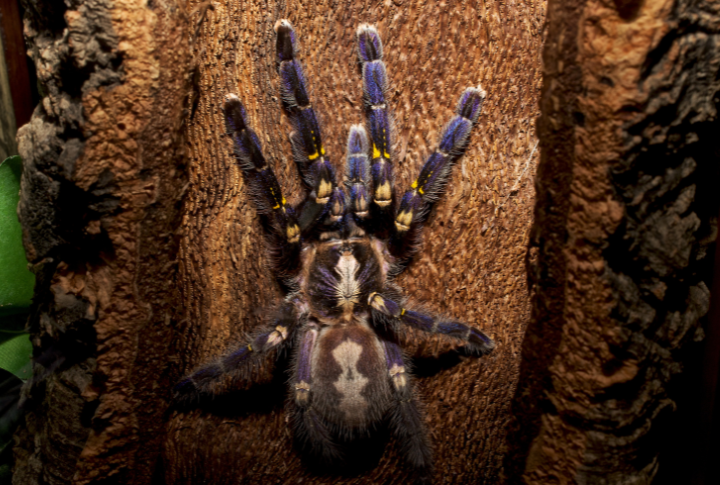
This electric-blue tarantula, found only in a remote Indian forest, is stunning and deadly. It’s beautiful, but it’s also a warning—vivid colors are often nature’s spell of danger. Unlike its duller cousins, it thrives in trees and strikes from above. A jeweled assassin of the arachnid world, its venom incapacitates prey in seconds to ensure a swift, merciless end.
Thorny Devil
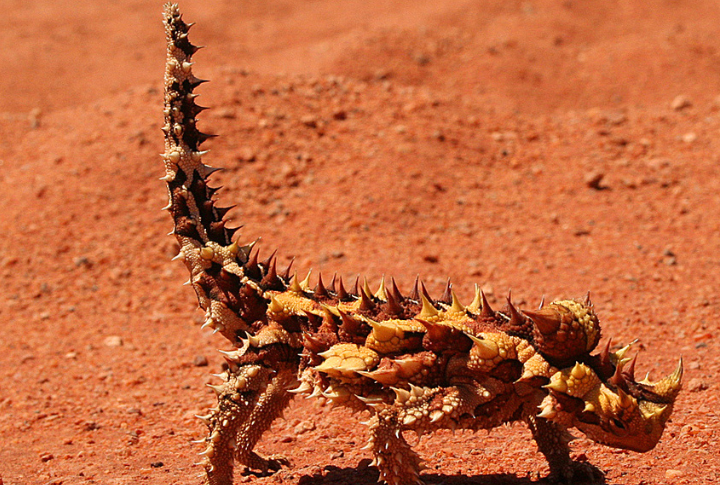
Against Australia’s desert sands, the thorny devil disappears into the terrain. When a predator closes in, it lifts its real head and tricks attackers with a decoy. And those spiked armor? It deters threats, proving that survival isn’t just about strength; it’s about mastering the art of deception.
Vampire Squid
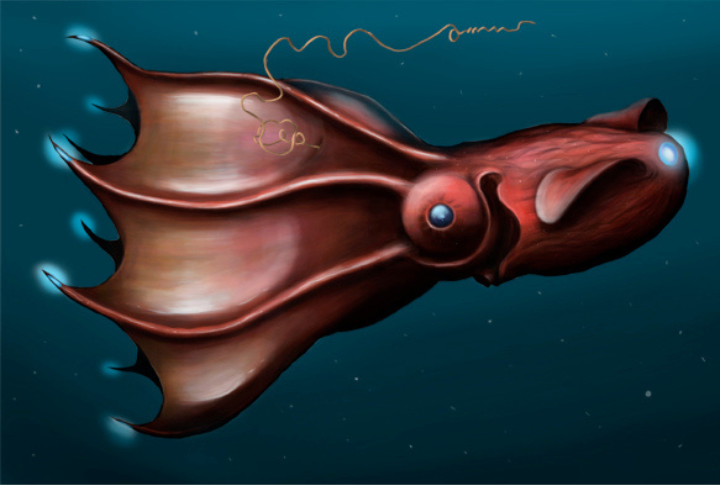
Neither vampire nor actual squid, this crimson phantom floats in eternal twilight. When threatened, it unfurls its cloak-like webbing to reveal spine-lined arms, and it truly creates a haunting sight. Unlike its namesake, it doesn’t drink blood but rather feeds on drifting marine detritus.
Tentacled Snake

Not all snakes slither on land, and this one never will. Floating like driftwood, the aquatic predator remains motionless, relying on its strange tentacle-like sensors to detect even the slightest movement. The second prey drifts too close; a lightning-fast strike ensures there’s no escape. A true mystery among reptiles!
Osedax Worm
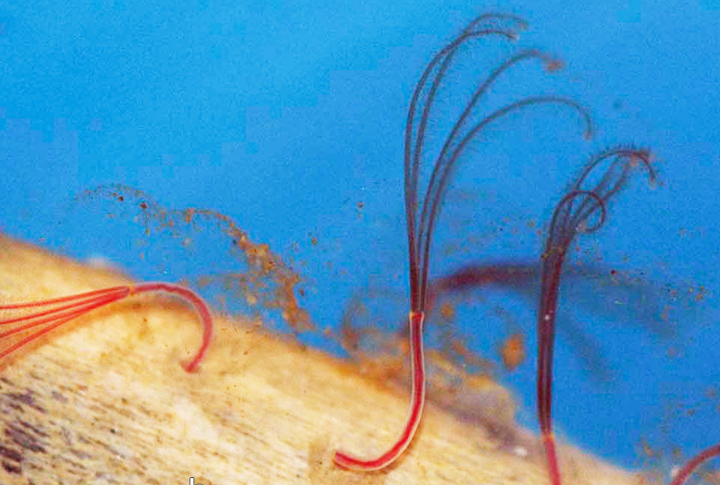
On the ocean floor, sunken whale carcasses become feeding grounds for the Osedax worm—a creature with no mouth or stomach yet an insatiable hunger for bones. It uses specialized bacteria to extract nutrients from bones, which makes it a nightmarish recycler that ensures nothing in the deep ever rests.
Pacu Fish

Neither its bite nor its bulk makes the pacu so ominous—it’s what’s inside the mouth. Square and eerily human-like, they crunch through nuts and seeds with unsettling efficiency. Found in South American rivers, this fish is often mistaken for its piranha cousin, and its gaze alone is enough to unnerve even seasoned fishermen.
Icefish
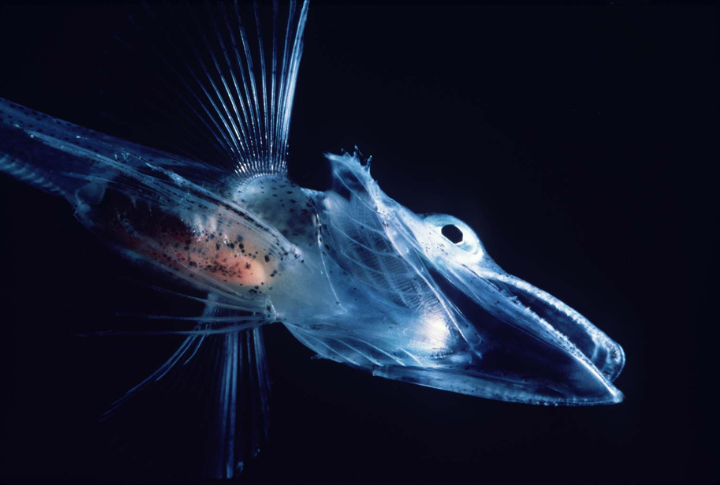
A ghost in Antarctic waters, the icefish defies biology itself. Their blood runs clear—devoid of hemoglobin, allowing it to thrive in freezing temperatures where others would perish. This predator’s secret weapon is also the antifreeze proteins that keep its blood from turning to ice.
Death’s-Head Hawkmoth
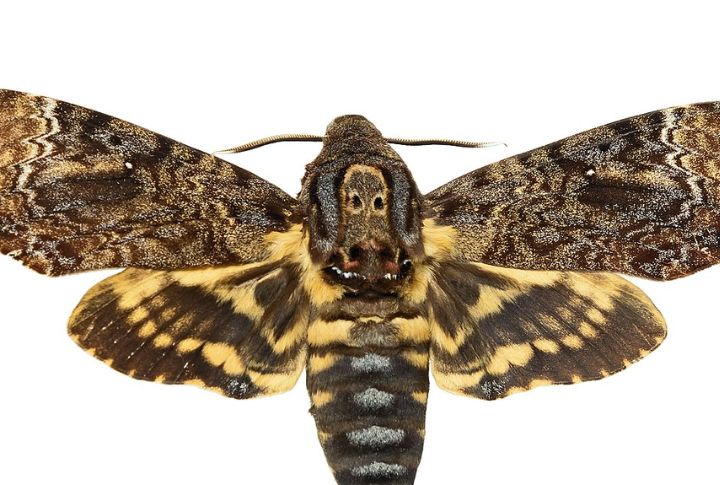
Fear sometimes is not just about how something looks—it’s also how they act. The death’s-head hawkmoth isn’t dangerous, yet its skull-like pattern, silent intrusion into beehives, and piercing scream make it feel like a creature from the unknown. Sure, it doesn’t attack, but its presence alone leaves an unsettling impression.

